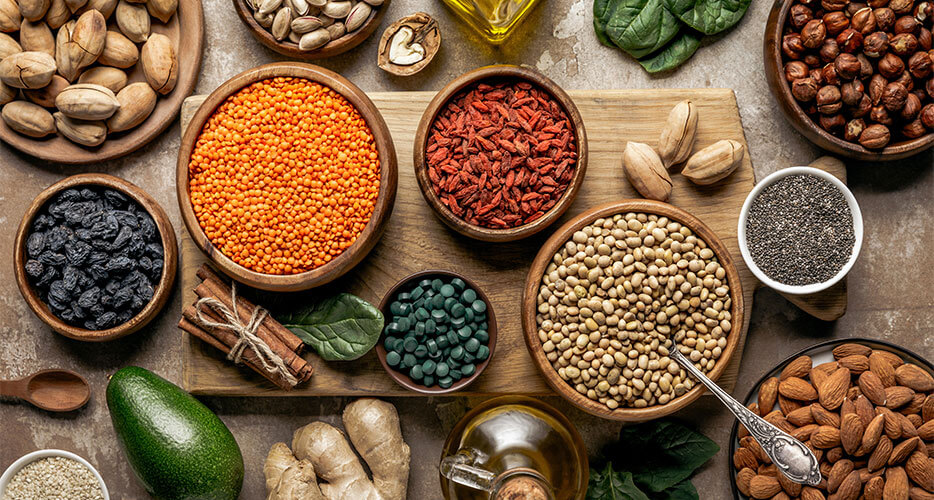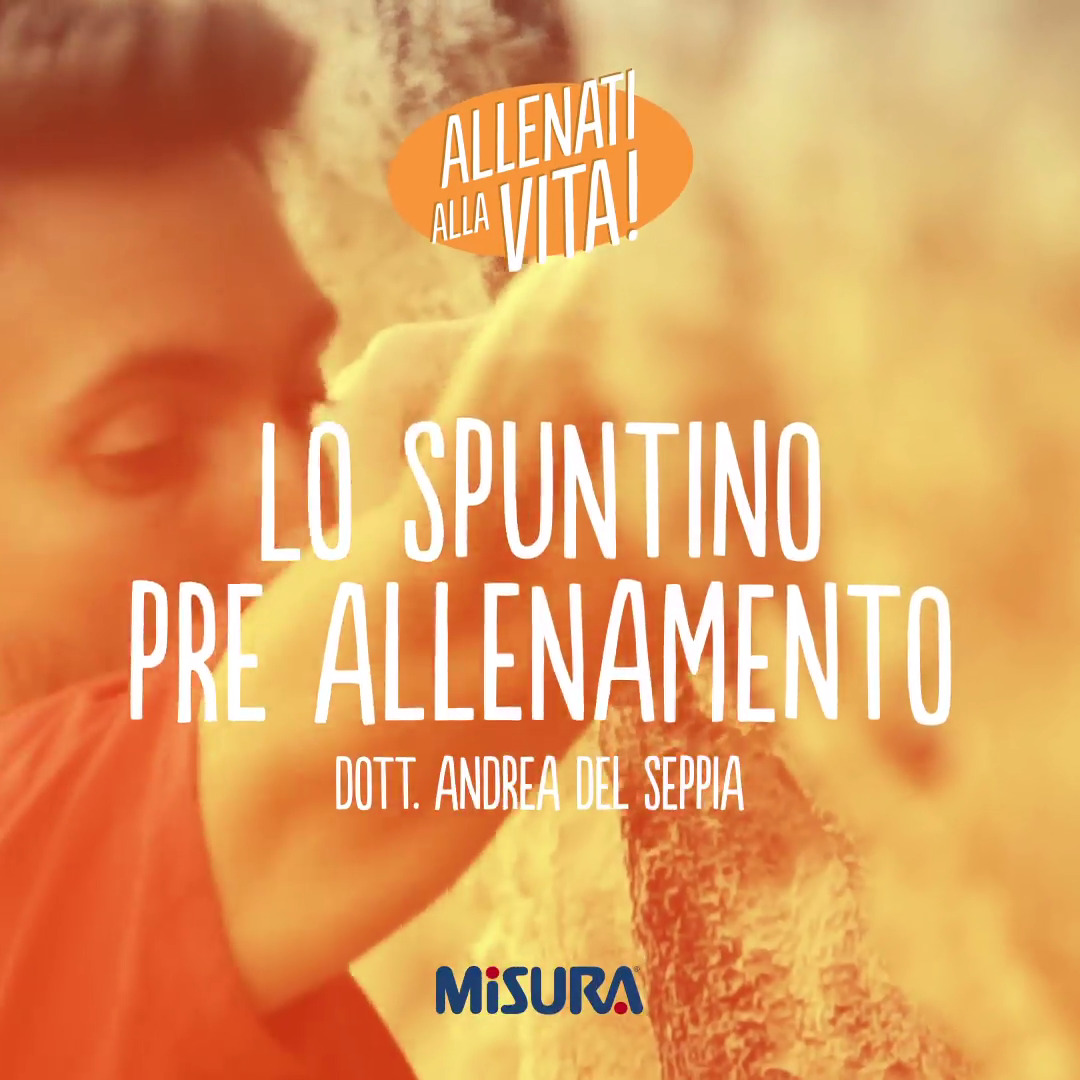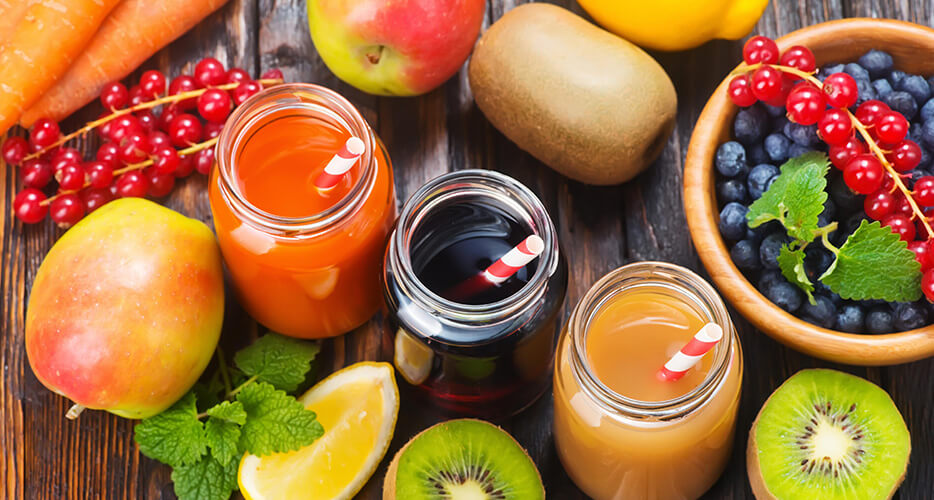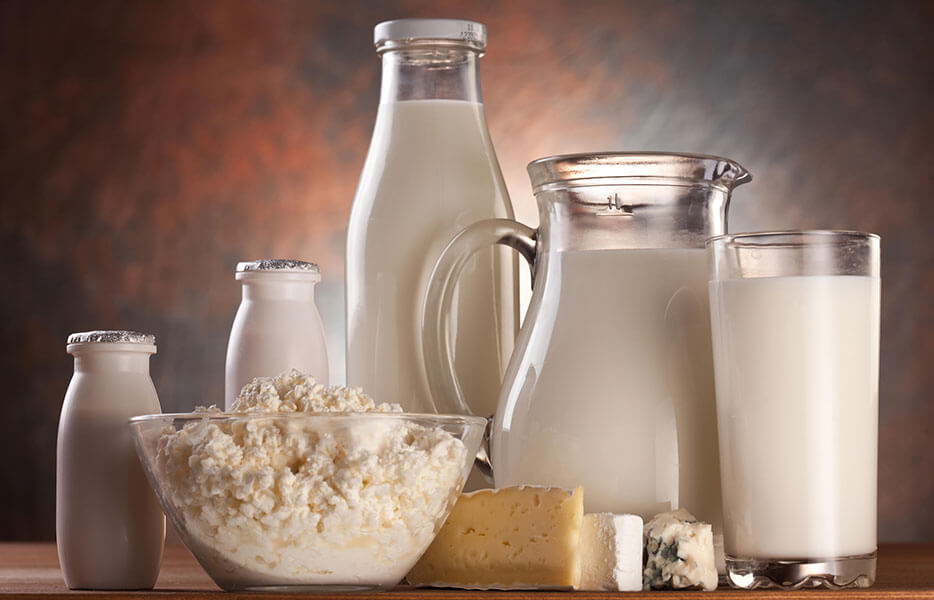
Taking a varied and balanced diet, from the pre-conceptional period, is an essential condition for guaranteeing the well-being of women and the favorable evolution of pregnancy. In this context, it is necessary to underline the importance of an adequate fiber intake, whose daily contribution recommended by the LARN is at least 25g / day.
Misura's interview with Dr. Andrea Del Seppia
Let's talk about the topic with our nutritionist, Dr. Andrea Del Seppia.
Dr. Del Seppia, what is meant by fiber?
By the term fiber we mean a series of compounds from the plant world (cereals, legumes, fruit and vegetables) and which are not digested by our enzymatic systems. The fiber can be distinguished as soluble and insoluble in water. Generally, soluble fiber, such as pectins, β-glucans and inulin, is a fiber that forms a viscous gel in contact with water and is highly fermentable by our intestinal bacterial flora. Insoluble fiber, on the other hand, is a less viscous and less fermentable fiber and is mainly represented by cellulose, hemicellulose and lignin. From these characteristics many valuable properties derive for our intestinal well-being, even during pregnancy, although they do not have a significant caloric intake.
What are the properties of the fiber?
Forming a gel in contact with water, the soluble fiber increases the mass and the viscosity of the gastric contents. This activity results in a greater sense of satiety between meals, better appetite control and, consequently, greater control over weight gain during pregnancy. The viscous mass, formed by fiber and water, reduces the speed of absorption of sugars in the blood and therefore an excessive increase in post-prandial glycaemia, thus representing an effective dietary intervention to prevent the onset of gestational diabetes mellitus, a type of diabetes which can occur during pregnancy.
There is also a beneficial effect on the cardiovascular system, as the fiber has the ability to trap cholesterol-rich bile acids that are secreted during the digestive process.
The same mechanism is also observed for triglycerides, preventing their normal absorption by our body. The fiber is fermented by our intestinal bacterial flora creating more voluminous and soft stools and thus facilitating the evacuation. The fermentation of the fiber produces short chain fatty acids, which have a nourishing effect on the intestinal mucosa. Hence the prebiotic effect of the fibers. Prebiotics are defined as those non-digestible substances that stimulate the growth and activity of our bacterial microflora. It has been shown that the fiber is able to stimulate the growth of bifidobacteria and lactobacilli, considered to be good bacteria.
Insoluble fiber leads to an increase in the volume of intestinal contents due to its ability to attract water (whose contribution must always be constant and abundant) and this results in a stimulation of intestinal peristalsis (contractions that favor intestinal transit), inducing the evacuation and reducing the time spent in the digestive tract. The effectiveness of the fibers on intestinal regularity and the beneficial effect it can have on constipation (a problem that is frequently found in pregnant women) is therefore clear.

What foods do you recommend eating to increase your fiber intake?
The amount of fiber present in plant foods is very variable. Generally, whole grains and derivatives such as wheat flour and wheat bran are very rich in insoluble fibers that we can find in good quantities even in dried fruit and vegetables (artichokes, chicory, beets, cauliflower, aubergines, turnips, radishes, etc.). The soluble fiber, on the other hand, is found mainly in legumes (especially in lentils, beans and chickpeas) and in all fruit in general.
All future mothers are reminded that for the safety of the unborn child it is always good to consume fruit and vegetables after having washed them thoroughly.
Read the full article on Misura® website
Read the article on Misura® official page
Link to Dr. Andrea Del Seppia page on the official Misura® website
Misura® is a registered trademark of Colussi S.p.A. The material reported in this article is the property of Colussi, who authorized its publication.





